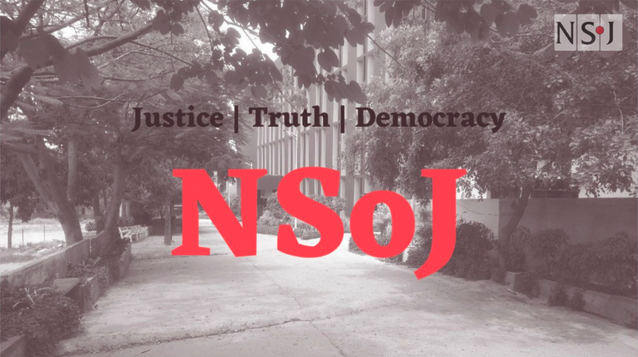EIA - An Explainer
The Bhopal tragedy made way to bring out such environmental protection acts for controlling the pollution, hazardous waste etc.
Features

How green was my valley
Sreemayi S.R.
Environmental impact assessment(EIA)
how and where did this start from?
After the tragic event of Bhopal in December 3rd 1984, the environmental protection act came into force in 1986.
This act was introduced to protect the land from toxic factories that may become a threat to the environment. Till then there wasn't any environmental protection law. It is considered to be one of the major environmental protection laws in India.
The Bhopal tragedy made way to bring out such environmental protection acts for controlling the pollution, hazardous waste etc.
EIA is a process that is included under the EPA 1986.
What is EIA draft all about?
The company can get permission from the government without the need of going through the environmental impact assessment procedure conducted as per the law of Environmental Protection Act 1986.
Did the environment just become a second priority?
We followed sustainable development all these years but in the current scenario, we aim only at development. The forest area percentage has come down. In the future, landslides, drought and floods are awaiting us. The occurrence of calamities will increase in number in the upcoming days.
2006 EIA law
In 1986 the law was more concerned about the conservation of the environment which later became an issue for the industrialists and businessmen, as they could not start off as easily as before without getting permission from the government.
Later in 2006, the government put forth a new EIA policy which is currently present, which did not have much pressure on the factory owners and other businesses people, including the environment.
The newly introduced EIA draft of 2020 is more industrial friendly than the 2006 policy.
The final approval is given by the EIA agency which comes under the Ministry of Environment and Forests
Post-facto clearance
In the earlier act of 2006, the post-facto clearance had to be approved before the start of the project, only if there are no further complications.
Now the post-facto clearance has changed that the companies or the Industrialists can already run the project. From then, within two years they have to get the post-facto clearance.
Changes made in the new policy
● Post facto clearance which should be taken before the project begins, has been changed to that the post-facto need not to be taken before. The company can take the clearance within the two years after they have begun working.
● Usually, clearance given to a factory or anything as such is not only by the approval of the study on the environmental factors alone but also by the opinion of the people in that locality, according to the public consultation process. The public could submit a response within 30 days but now, it is reduced to 20 days.
● Every six months, i.e. two times in a year the company's report has to be submitted which says that the industry of companies working according to the rules and regulations of government is changed and now the companies are asked to submit the report only once in a year.





